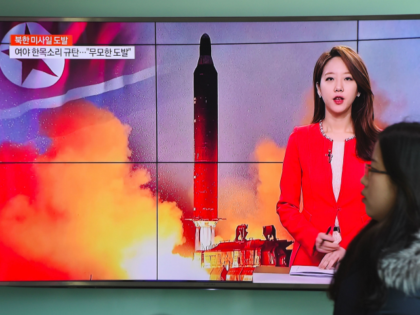North Korea Launches Short-Range Ballistic Missiles on Eve of U.S. Election
North Korea launched several short-range ballistic missiles into the Sea of Japan on Tuesday, just hours before the U.S. presidential election kicked into high gear.
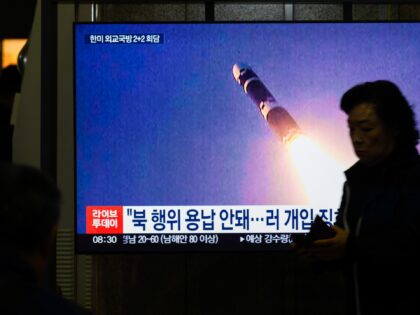
North Korea launched several short-range ballistic missiles into the Sea of Japan on Tuesday, just hours before the U.S. presidential election kicked into high gear.

‘Important to have modern and ready-to-use strategic forces’ says Putin as Russia rattles sabre with “massive nuclear strike” test.
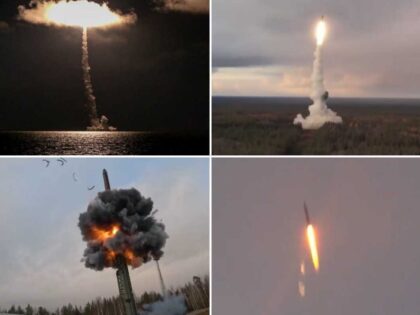
South Korea said on Tuesday it is considering a set of “phased measures” in response to deepening North Korean military cooperation with Russia, possibly including weapons shipments to Ukraine.

Russian President Vladimir Putin told his Iranian counterpart, Masoud Pezeshkian, on Friday that Moscow continues to place a high priority on cooperation with Tehran and wishes to create a “new world order” in which the West and Israel no longer have a dominant position in global affairs.
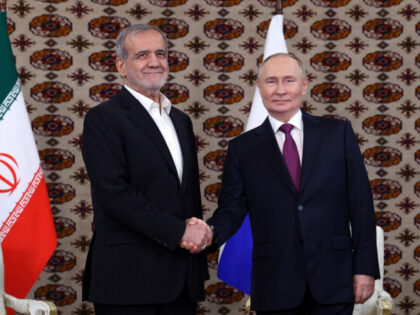
Iranian President Masoud Pezeshkian was welcomed in Doha, Qatar, on Wednesday for a meeting with Saudi Foreign Minister Prince Faisal bin Farhan, where they reportedly discussed the dangers of regional escalation.
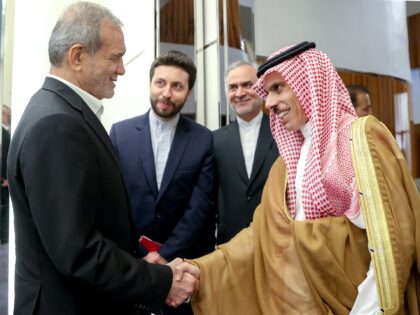
Iran’s “moderate” President Masoud Pezeshkian told a cabinet meeting on Wednesday that his country’s failed missile barrage against Israel was a “great source of pride” that “proved the Israeli regime’s Iron Dome system is more fragile than glass.”
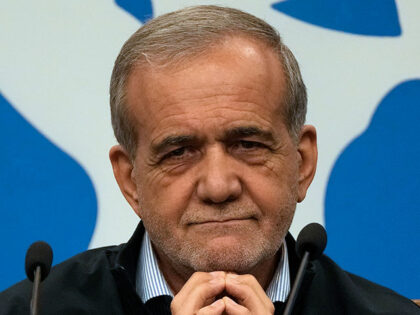
North Korean state media claimed on Thursday that dictator Kim Jong-un oversaw a successful test of a new model of “tactical ballistic missile” that can carry a “super-large” warhead.
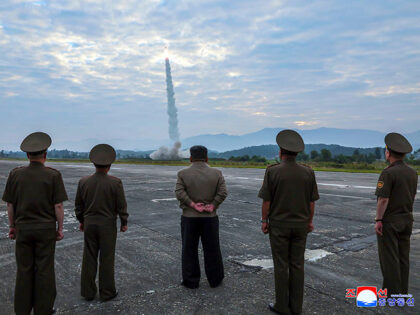
U.S. secretary of state Blinken and his UK Govt counterpart arrived in Kyiv on Wednesday morning for talks long-range missiles strike talks.

Ballistic missiles struck military academy and hospital in Ukraine, one of the deadliest attacks by Russian against a Ukrainian city yet.
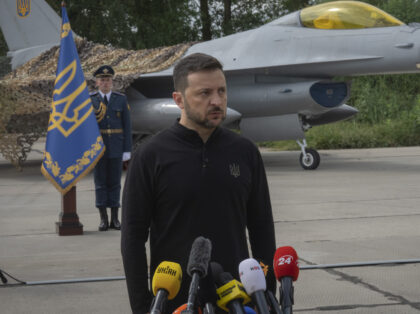
The Iran-backed Houthi terrorists of Yemen attacked three more commercial vessels in the Red Sea with drones and ballistic missiles.

Belarusian Defense Minister Lt. Gen. Viktor Khrenin said on Monday that his country’s forces are joining “tactical nuclear weapon deployment” drills ordered by Russian President Vladimir Putin.
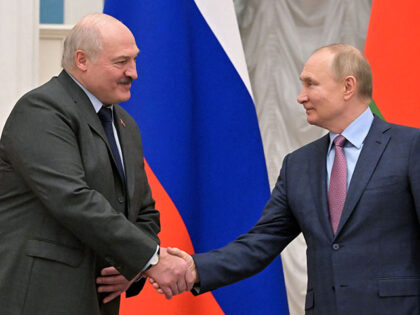
The Iran-backed Houthi terrorists of Yemen on Monday claimed responsibility for missile attacks against three civilian ships in the Indian Ocean and Red Sea, plus drone attacks on two U.S. destroyers in the Red Sea.
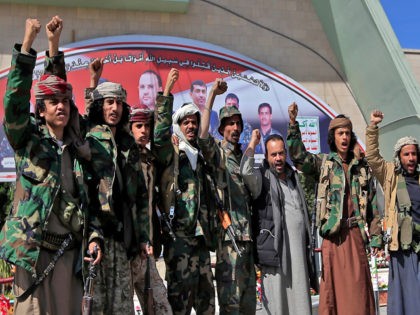
The Iran-backed Houthi insurgents resume terrorist attacks against Red Sea shipping after a two-week pause.

North Korean state media reported on Wednesday that the Communist tyranny dispatched an economic delegation to Iran.
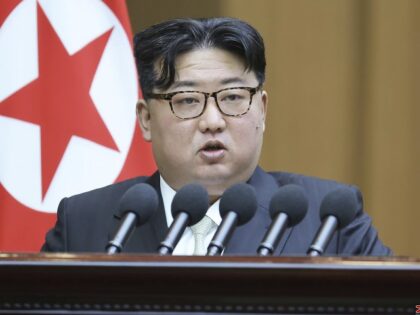
The administration of leftist President Joe Biden did not move to restore expiring sanctions in Iran’s drone and ballistic missile production at the United Nations in October, shortly after the Iran-backed massacre of an estimated 1,200 people in Israel and Saturday’s unprecedented direct missile assault by Iran on the country.
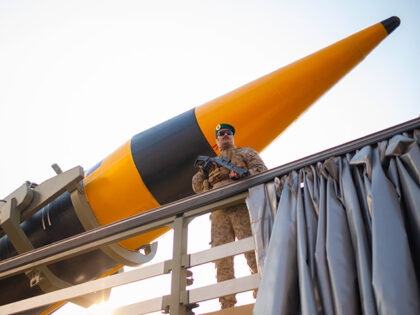
Iran-backed Shiite militias in Iraq claimed responsibility for five drone and missile attacks against targets in Israel.

The governments of South Korea and Japan confirmed on Tuesday that communist North Korea fired a projectile believed to be carrying a “hypersonic warhead” and potentially capable of striking the American island of Guam.
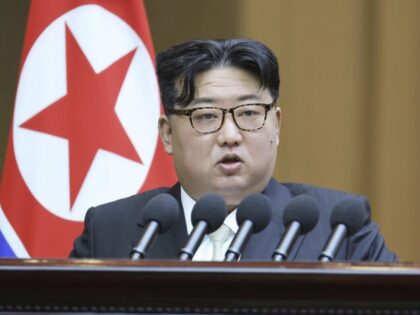
The Iran-backed Houthi terrorists of Yemen launched missiles at a Chinese-owned oil tanker, seemingly violating a promise of safe passage.
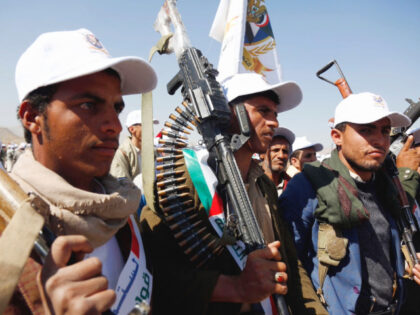
North Korea reportedly fired several ballistic missiles on Monday, an apparent gesture of “welcome” to Secretary of State Antony Blinken.

Sen. Chris Murphy (D-CT), chairman of the Senate Foreign Relations Subcommittee on Near East, South Asia, Central Asia, and Counterterrorism, held a hearing on Tuesday to discuss the Houthi terror attacks on Red Sea shipping.

The U.S. State Department accused North Korea of shipping more than 10,000 containers of munitions to Russia for use against Ukraine.
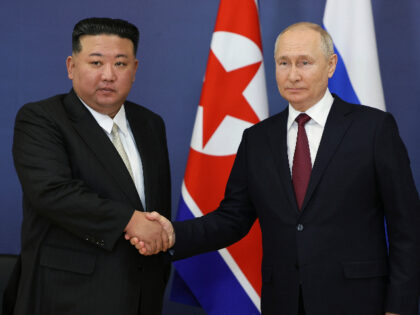
The U.S. and UK on Saturday launched a fourth round of “self-defense” airstrikes against 18 targets in Yemen controlled by the Iran-backed Houthi terrorists, destroying missile storage facilities, drones, radars, and one helicopter.

The leader of the Iran-backed Houthis of Yemen says the terror campaign against Red Sea shipping is “continuing, escalating, and effective.”

The Iran-backed Houthi terrorists of Yemen damaged a British-registered cargo vessel badly enough to make the crew abandon the ship.
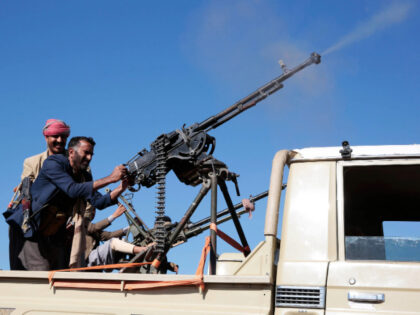
Danish shipping giant Maersk suspended U.S.-flagged Red Sea shipping after the latest Houthi missile attack.

North Korea announced on Friday that it tested a nuclear-capable underwater attack drone that could theoretically wipe out port cities.

Danish shipping giant Maersk suspended Red Sea shipping again on Sunday, calling a 48-hour pause to reconsider its plans for resuming Suez Canal routes after the Iran-backed Houthi terrorists of Yemen attacked one of its container ships.

Ukraine’s two largest cities came under fire from Russian ballistic missiles, killing at least four and injuring almost 100, officials said
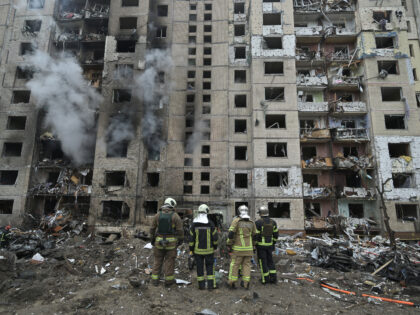
Poland says a Russian missile participating in this morning’s massive air strike on Ukraine spent three minutes in NATO airspace.

The leader of the Iran-backed Houthi insurgents of Yemen said his forces would attack U.S. warships in the Red Sea.

The South Korean military confirmed the firing of a long-range missile from North Korea on Monday morning as Pyongyang announced that one of its top diplomats held a meeting with Chinese Foreign Minister Wang Yi in Beijing to cement their close alliance.
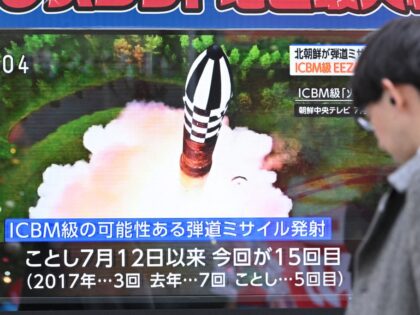
The Ukrainian capital of Kyiv came under another ballistic missile attack early Wednesday, injuring at least 53 people on the ground.

The Israel Defense Forces (IDF) announced Saturday a long-range rocket fired by Hamas terrorists at the southern city of Eilat was intercepted by the Arrow air defense system, a new anti-missile system designed to be more effective against long-range, high-altitude threats than the venerable U.S.-made Patriot system.
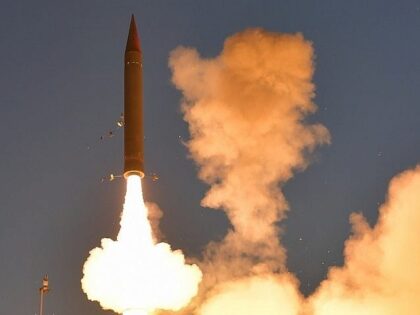
Ali Baqeri, the lead Iranian negotiator on the Joint Comprehensive Plan of Action (JCPOA) nuclear deal, announced on Wednesday that U.N. restrictions on Iran’s missile program have lapsed.
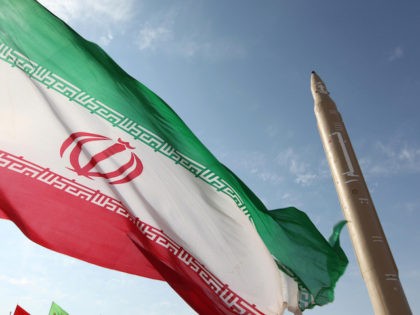
North Korean dictator Kim Jong-un met with his Russian counterpart Vladimir Putin on Wednesday at the Vostochny Cosmodrome.

Chinese officials on Thursday seethed over the trilateral U.S.-South Korea-Japan summit scheduled to be held at Camp David on Friday.
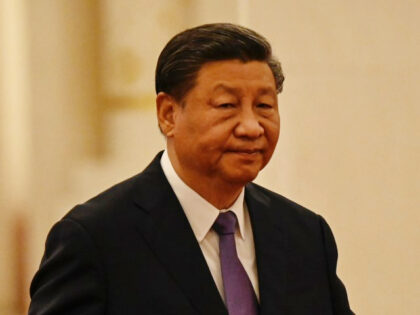
The South Korean Navy announced on Monday that women will begin deploying as crew aboard its submarines in 2024. The first two commissioned, and seven non-commissioned, female officers have already been selected for sub duty.
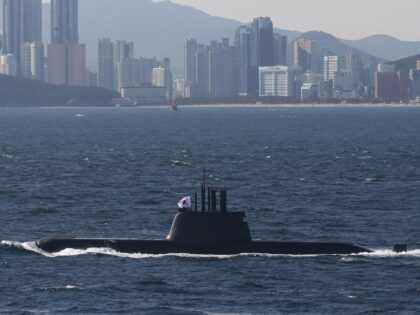
North Korean state media on Friday described dictator Kim Jong-un supervising a live-fire artillery drill that simulated an attack on a South Korean airfield.
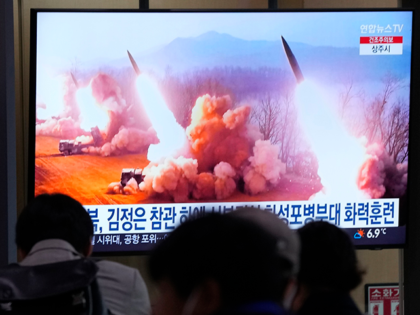
North Korea launched at least one ballistic missile in the direction of Japan on Wednesday, drawing a formal protest lodged by Japan via China.
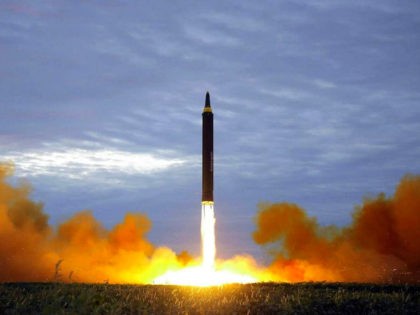
North Korea went on an unexpected rampage Wednesday, launching 23 ballistic missiles and over a hundred artillery shells in the direction of South Korea.
